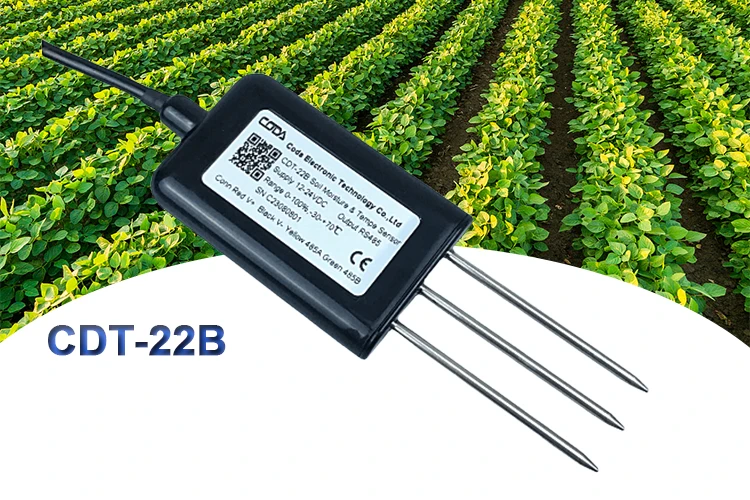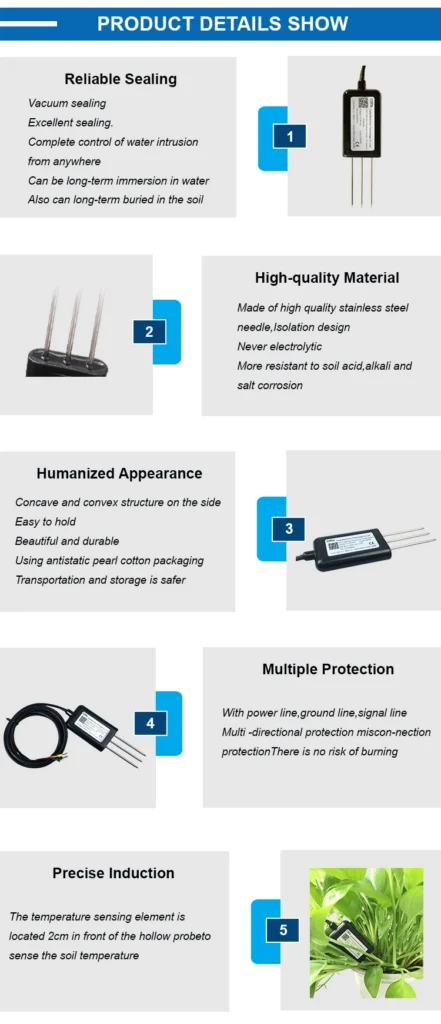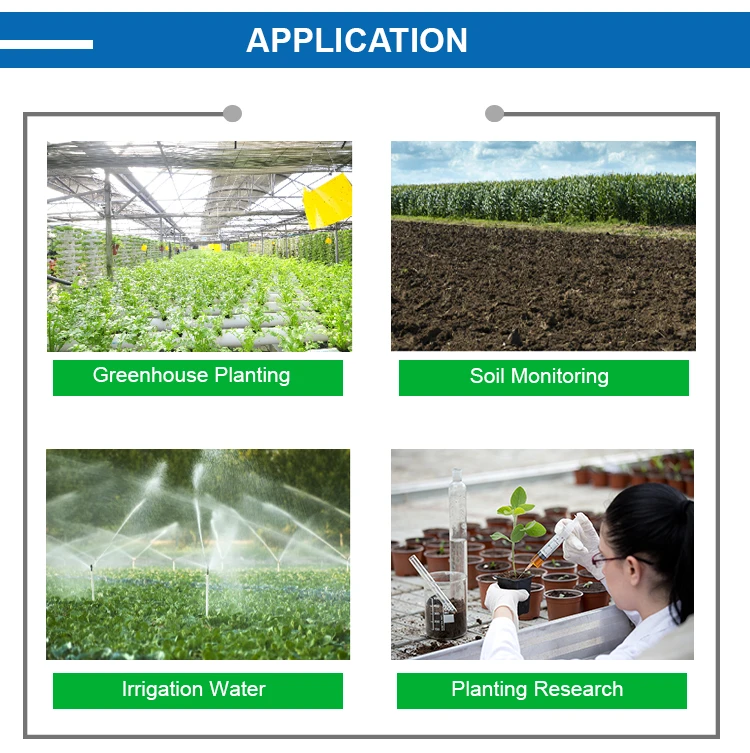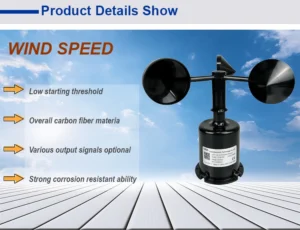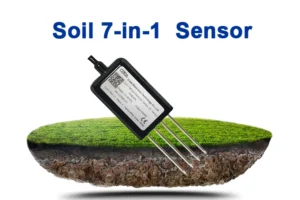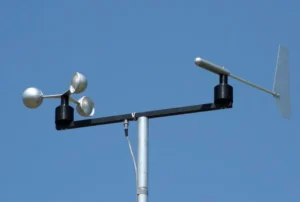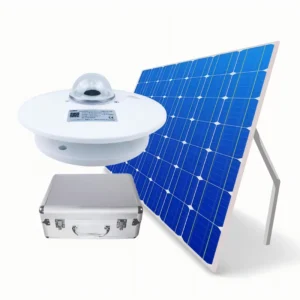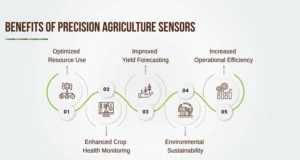What are the applications of soil moisture sensor?
Soil moisture sensor have a wide range of applications spread across multiple industries and sectors. Here are the key areas where soil moisture sensing is commonly used:
1. **Irrigation Management**
Soil moisture sensors are integral to improving irrigation efficiency. By giving real-time data on soil moisture, they help farmers know when and how much water to use. This prevents both overwatering and underwatering. This not only conserves water but also enhances crop growth.
2. **Precision Agriculture**
In precision agriculture systems, soil moisture sensors help monitor moisture variability within fields. This data supports targeted irrigation, precise fertilizer application, and optimized crop management strategies, resulting in increased yields and efficient resource utilization.
3. **Drought Monitoring and Mitigation**
These sensors play an important role in drought monitoring and early warning systems. Tracking soil moisture levels helps authorities spot drought risks early. This allows them to use water-saving measures or change planting schedules.
4. **Environmental Monitoring**
Environmental monitoring programs often use soil moisture sensors in areas susceptible to soil erosion or landslides. By detecting changes in moisture content, they help anticipate potential hazards and guide the implementation of preventive measures.
5. **Research and Scientific Studies**
Researchers rely heavily on soil moisture sensors for work in soil science, hydrology, climate research, and ecosystem studies. The data collected helps us understand how soil and water interact. It also shows how plants relate to water. Additionally, it reveals the effects of climate change on soil moisture.
6. **Landscaping and Turf Management**
In landscaping and turf care for parks, gardens, lawns, and sports fields, soil moisture sensors help maintain optimal moisture levels. This ensures healthy vegetation growth while minimizing water wastage through targeted irrigation.
7. **Water Resource Management**
These sensors support effective management of water resources by offering insights into soil moisture content. Water authorities use this information for water allocation, reservoir management, and developing sustainable water policies.
8. **Urban Planning and Infrastructure Development**
During urban planning and construction, soil moisture sensors assess soil conditions to evaluate feasibility. They ensure proper compaction, drainage implementation, and soil stability to minimize risks such as erosion or structural failure.
Soil moisture sensors are very important. Farmers, environmentalists, water managers, and city planners use them in farming, environmental protection, water management, and city planning. Monitoring and managing soil moisture is key for sustainability and efficiency.
